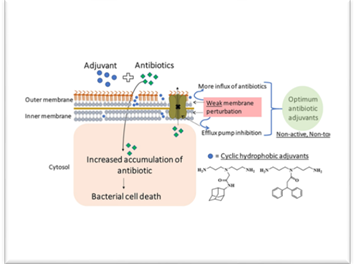When water or acid inadvertently finds its way into the airways, triggering an uncontrollable cough, it’s the body’s innate defense mechanism at work. Now, researchers at UC San Francisco (UCSF) have uncovered the elusive cells responsible for initiating these reflexes, offering new insights into the body’s protective mechanisms and potential interventions for related conditions. Their findings were published on April 19, 2024, in the journal Science.
The study, led by senior author David Julius, Ph.D., sheds light on the role of laryngeal and tracheal neuroendocrine (NE) cells in sensing water or acid in the upper airway. These rare cells, found in both the respiratory and digestive systems, possess a unique dual function: they produce hormones like endocrine cells and transmit electric messages akin to neurons.
Laura Seeholzer, Ph.D., a postdoctoral fellow at UCSF and lead author of the study, spearheaded the research by isolating and characterizing these elusive NE cells. Through meticulous experimentation, she discovered that while NE cells from the lungs respond to pressure changes, those in the trachea and larynx specifically react to water and acid stimuli.
Furthermore, Seeholzer demonstrated how these NE cells directly communicate with sensory neurons, ultimately triggering the coughing and swallowing reflexes vital for protecting the lungs. In live mice, activation of NE cells elicited immediate responses, highlighting their crucial role in airway defense mechanisms.
Dr. Julius emphasizes the significance of understanding how these cells function, likening them to “gatekeepers to the outside world.” The study’s findings offer profound implications for conditions like acid reflux, where disruptions in the cough reflex can lead to aspiration and pneumonia.
Seeholzer envisions potential therapeutic avenues stemming from this research, including strategies to enhance cough reflex sensitivity in aging individuals or those with certain diseases. Targeting NE cells could hold promise for treating chronic cough associated with acid reflux, offering hope for improved management of related conditions.
Moving forward, the research team aims to delve deeper into understanding how NE cells are affected by various factors such as disease, aging, or smoking. Collaborating with UCSF clinicians, they hope to translate their findings into tangible clinical interventions to benefit patients.
The study, titled “Neuroendocrine cells initiate protective upper airway reflexes,” represents a significant step forward in unraveling the mysteries of the body’s defense mechanisms and holds promise for future advancements in respiratory health.











